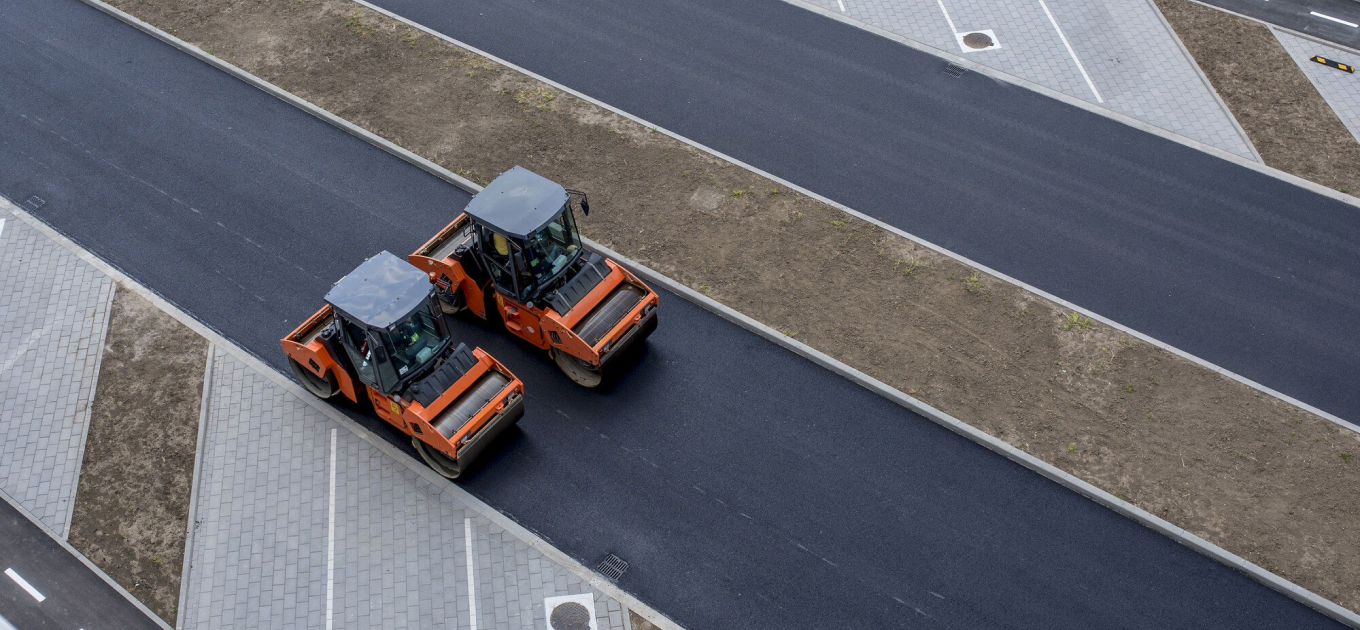
From Reactive to Proactive
Why AI is the Missing Link in Road Maintenance Strategies
In recent years, the integration of Artificial Intelligence (AI) into road maintenance has marked a significant shift from traditional reactive approaches to proactive strategies. This transformation is not only enhancing the efficiency and effectiveness of road upkeep but also contributing to substantial cost savings and improved safety for all road users.
The Limitations of Reactive Road Maintenance
Traditionally, road maintenance has been predominantly reactive, addressing issues like potholes, cracks, and surface wear only after they become apparent or are reported by the public. This approach often leads to several challenges:
- Delayed Repairs: Waiting for visible signs of deterioration can result in significant delays in maintenance, exacerbating the damage and increasing repair costs.
- Higher Costs: Reactive maintenance tends to be more costly in the long run, as minor issues that could have been addressed early escalate into major repairs.
- Safety Risks: Delays in identifying and repairing road defects pose safety hazards to motorists and pedestrians, potentially leading to accidents and associated liabilities.
The Emergence of Proactive Maintenance Through AI
The advent of AI has paved the way for a proactive approach to road maintenance. By leveraging AI-driven technologies, municipalities and road authorities can anticipate and address road issues before they become critical. This shift is facilitated through several key innovations:
- Automated Road Condition Monitoring: AI-powered systems utilize advanced computer vision and machine learning algorithms to analyze vast amounts of data collected from various sources, such as cameras mounted on vehicles or drones. These systems can detect early signs of road deterioration, including minor cracks and surface irregularities, that are often missed during manual inspections.
- Predictive Analytics: By analyzing historical and real-time data, AI can predict potential problem areas and the likely progression of road damage. This predictive capability enables maintenance teams to prioritize interventions based on urgency and potential impact, optimizing resource allocation.
- Resource Optimization: AI provides valuable insights to optimize resource allocation in road maintenance. By identifying areas with the highest maintenance needs, road authorities can allocate resources strategically, ensuring maximum impact and cost-effectiveness.
Case Studies and Real-World Applications
Several municipalities have already begun implementing AI-driven road maintenance solutions with promising results:
- Sydney, Australia: Local councils in Sydney have adopted AI technology to detect potholes and address road damage more efficiently. By utilizing data collected from cameras mounted on garbage trucks, the AI system monitors road conditions and prioritizes repairs, leading to significant improvements in maintenance efficiency.
- Blackpool, UK: The council in Blackpool has employed AI-powered road scanners to identify and repair potholes proactively. This approach has significantly reduced compensation costs and improved road conditions, demonstrating the financial and operational benefits of AI integration.
Challenges and Considerations
While the benefits of AI in road maintenance are substantial, several challenges must be addressed to ensure successful implementation:
- Data Quality and Quantity: AI systems require large volumes of high-quality data to function effectively. Ensuring the availability and accuracy of this data is crucial for reliable analysis and predictions.
- Integration with Existing Systems: Seamless integration of AI tools with current infrastructure and maintenance workflows is essential to maximize efficiency and minimize disruptions.
- Cost of Implementation: The initial investment in AI technology can seem significant. However, the long-term savings and benefits often justify the expenditure.
The Future of AI in Road Maintenance
The trajectory of AI in road maintenance points toward increasingly sophisticated and autonomous systems capable of not only detecting and predicting road issues but also performing repairs. Innovations such as self-healing road materials and robotic maintenance units are on the horizon, promising to further revolutionize the field.
In conclusion, transitioning from reactive to proactive road maintenance strategies through the integration of AI is proving to be the missing link in modern infrastructure management. By embracing these technologies, road authorities can enhance efficiency, reduce costs, and significantly improve safety for all road users.
How RoadScan Can Help
At RoadScan, we provide cutting-edge AI-powered solutions to transform road maintenance from a reactive to a proactive approach.
Our dashboard camera solution, integrated with AI, enables automatic detection and analysis of road conditions such as potholes, cracks, and surface wear.
By delivering real-time, data-driven insights, we empower municipalities and contractors to prioritize repairs, optimize resources, and improve road safety. With RoadScan's technology, infrastructure managers can reduce costs, enhance operational efficiency, and ensure safer roads for everyone.